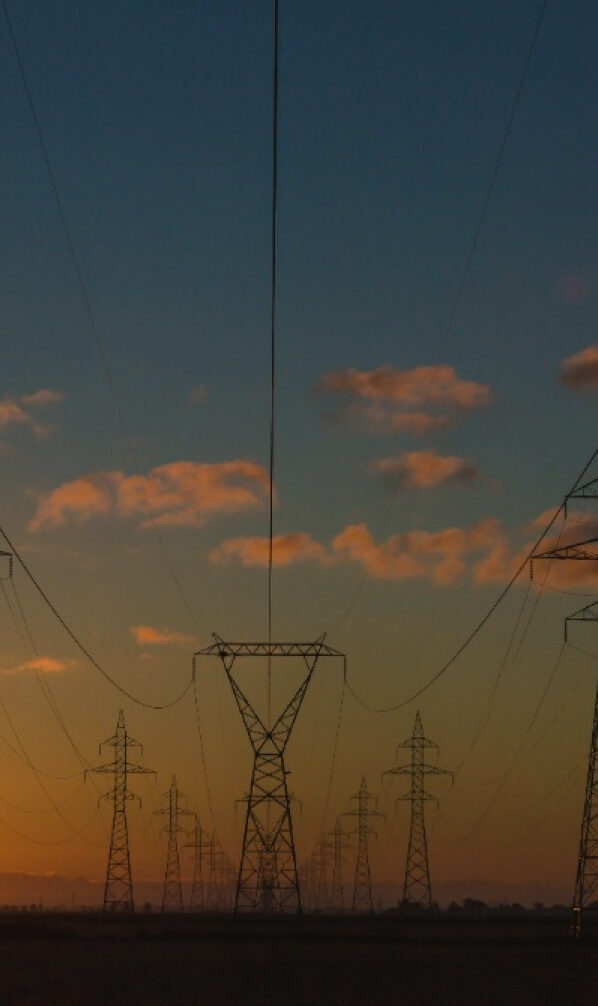- ~12%
- Road transportation represents ~12% of all anthropogenic GHG on a CO2-equivalent basis.
Emissions
Global greenhouse gas emissions – share of total (2019).
Background
By improving fuel economy, vehicles can travel more miles per gallon of fuel consumed, reducing the amount of carbon dioxide released into the atmosphere.
- Vehicle
- fuel efficiency reduces CO2 exposure.
Improving LDV fuel economy is an important complement to efforts to increase EV penetration.
- Improved fuel economy
- complements an increase in EVs.
Source: Climate Watch; World Resources Institute; Our Word in Data; IEA
Current State
The majority of historical improvements in LDV fuel economy have been driven by stricter government standards.
Despite significant improvements in engine efficiency, fuel economy has not improved at a similar rate due to increasing vehicle weight.
The consumer preference for SUV models has been a global trend, particularly in the U.S. and China.
Solution Details
 Back to the solutions
Back to the solutions

